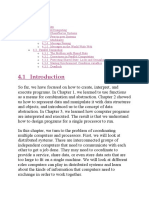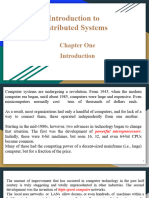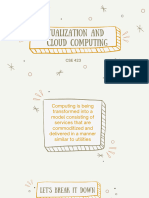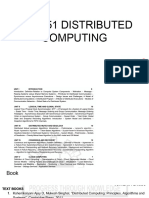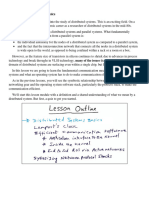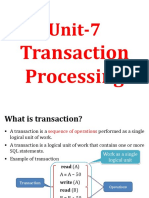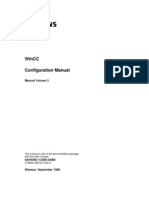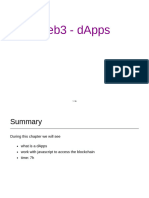0% found this document useful (0 votes)
17 views59 pagesChapter 5-Distributed and Parallel Computing 1
Chapter 5 discusses distributed and parallel computing, focusing on the coordination of multiple computers and processors. It explores the definitions and architectures of distributed systems, including client-server and peer-to-peer models, as well as the concept of parallel computing where multiple processors execute a program simultaneously. Additionally, the chapter covers system modeling, including various model types that help analyze system requirements and behaviors.
Uploaded by
irfan zaidyCopyright
© © All Rights Reserved
We take content rights seriously. If you suspect this is your content, claim it here.
Available Formats
Download as PDF, TXT or read online on Scribd
0% found this document useful (0 votes)
17 views59 pagesChapter 5-Distributed and Parallel Computing 1
Chapter 5 discusses distributed and parallel computing, focusing on the coordination of multiple computers and processors. It explores the definitions and architectures of distributed systems, including client-server and peer-to-peer models, as well as the concept of parallel computing where multiple processors execute a program simultaneously. Additionally, the chapter covers system modeling, including various model types that help analyze system requirements and behaviors.
Uploaded by
irfan zaidyCopyright
© © All Rights Reserved
We take content rights seriously. If you suspect this is your content, claim it here.
Available Formats
Download as PDF, TXT or read online on Scribd
/ 59
